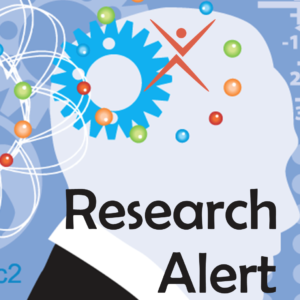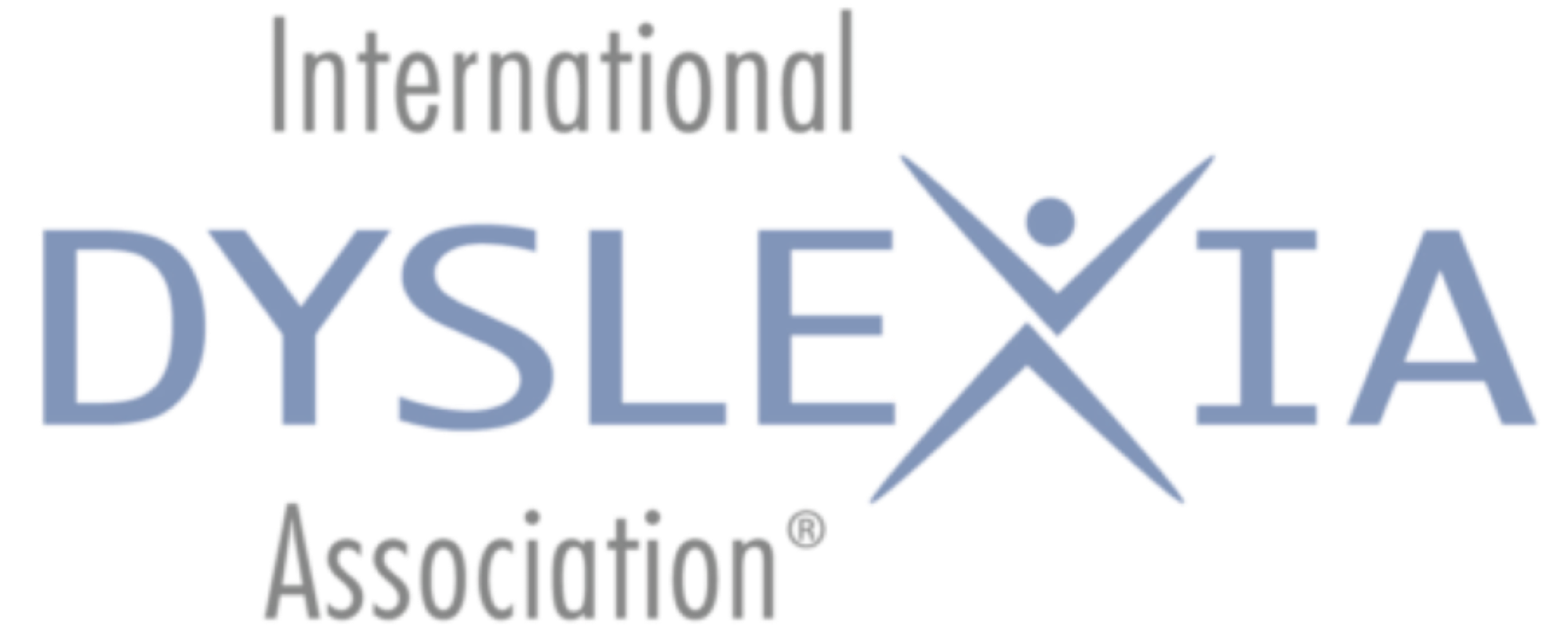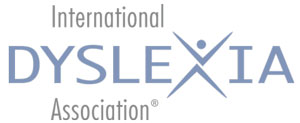October 2015
by Virginia W. Berninger and Todd L. Richards
In 1975 the collaborative efforts of parents of children with developmental disabilities and specific learning disabilities (SLDs) resulted in the federal legislation P.L. 94142. This law guaranteed free and appropriate public education (FAPE) for students with educationally handicapping conditions. These conditions were described, but not defined, on the basis of what each handicapping condition is and how various handicapping conditions differ from each other.
Insufficient research for identification and effective instruction led parents to organize again to persuade the federal government to support research initiatives to generate the needed scientific knowledge. The result was the 1989 Interagency Report that led to federal funding for such scientific research.
Since then, translating the resulting research into educational practice has progressed slowly, and there is little consensus in defining and diagnosing SLDs across and even within states. However, research progress is being made in evidence-based differential diagnosis (e.g., Berninger, Richards, & Abbott, 2015; Richards et al., 2015) that is treatment relevant (Berninger, Nagy, Tanimoto, Thompson, & Abbott, 2015; Tanimoto, Thompson, Berninger, Nagy, & Abbott, 2015). See Berninger (2015) for inspiring examples of practitioners in schools and community implementing such evidence-based assessment and intervention in real world school settings, often in inclusionary models in general education.
SLDs Are Heterogeneous
The good news is that research is advancing knowledge of evidence-based, instructionally relevant differential diagnosis of SLDs and of other neurogenetic conditions, developmental disabilities, and brain injuries that interfere with learning oral language, reading, writing, and/or math. Of these various conditions, SLDs are the most prevalent, affecting one in five students, based on epidemiology studies at the Mayo Clinic. However, not all reading disabilities are dyslexia, and assessment is needed to identify any of the other conditions that may be affecting learning to read and other language skills.
More good news is that interdisciplinary research, funded by the Eunice Kennedy Shriver National Institute of Child Health and Human Development and the Institute of Educational Science, is making progress in defining, differentiating, and treating SLDs. Research confirms that specific learning disabilities are plural. Using a single criterion for identifying SLD is not supported by research.
Dysgraphia is a word of Greek origin: dys (impaired), graph (Ietter form through hand), ia (condition of). Dyslexia is also a word of Greek origin: dys (impaired), lex (from lexicon the mental dictionary), ia (condition of). Oral and written language learning disability (OWL LD) or specific language impairment (SLI) surfaces early (e.g., young children who are late talkers or delayed in using syntax to put words together) but may interfere with listening and reading comprehension and oral and written expression during the school years. Even reading disabilities are not all the same.
Dysgraphia may also impair number writing and contribute to dyscalculia: dys (impaired), calc (calculation), ia (condition of). Dyslexia may interfere with reading math word problems. OWL LD may interfere with understanding instructional talk during math and learning math-specific vocabulary.
Interdisciplinary (cognitive, linguistic, brain, genetics) research has shown that impaired working memory components supporting language and math learning may be risk factors for developing SLDs. These components include the following:
- Storage and processing units for coding incoming information from the environment
- Storage and processing units for preparing output to the environment
- Phonological and orthographic loops for cross-code mapping
- Supervisory attention (focus, switching, sustaining attention, and self-monitoring).
Different SLD’s: Different Brain Bases
Thus, SLDs are invisible disabilities inside the mind’s working memory system for supporting language learning rather than observable disabilities like sensory (deafness and blindness) and motor (ambulatory) impairments. Nevertheless, SLDs are real disabilities that can interfere with educational achievement, social emotional development, and self-concept.
Recent brain imaging research (PI Todd Richards) in one NICHD-funded Learning Disabilities Center showed that the brain bases of dysgraphia and dyslexia differ from each other and from controls without dysgraphia or dyslexia on white matter integrity indicators and functional connectivity during sub-word and word-level written language and cognitive processing. This team’s research also showed that dysgraphia, dyslexia, and OWL LD differ from each other and controls in word-specific word recognition and spelling—identifying the correctly spelled word from among choices pronounced the same (pseudowords, that when pronounced, sound like real words) —which contributes to oral reading fluency and written spelling (Berninger et al., 2015).
Behavioral research provides evidence for differential diagnosis of SLDs within a “cascading levels of language” model for dysgraphia, dyslexia, and OWL LD. Computerized lessons aimed at all levels of language show what prior instruction by humans had shown: It is not too late to remediate SLDs during middle childhood and early adolescence. However, early intervention aimed at all functional language systems (by ear, by eye, by mouth, and by hand) at all levels of language within a developmental stepping stones model during early childhood can optimize achievement without the socio-emotional consequences of chronic struggles.
Time to Educate Federal Legislators, Again
What is the lesson for translation science? We need to rethink the role of the law in providing FAPE.
Currently, legislators, state education departments, and policy makers define eligibility for SLD special education services. The burden is then placed on parents, who often do not have the resources necessary to advocate for their children’s legal rights. Instead, the law should require the following:
- K to 12 Schools—Implementation of evidence-based, developmentally appropriate, and individually tailored assessment linked to intervention during early childhood, middle childhood, and
- Higher Education—Provision of evidence-based professional development in assessment-instruction links and instructional strategies for teaching all students, including those with SLDs and other learning problems due to biological and environmental diversity—at both the pre-service and in-service levels in all institutions preparing teaching professionals.
Professional educators should be given professional autonomy to draw on best professional practices. Scientific research can and should be translated into best educational practices for FAPE for ALL (Berninger & Wolf, 2016).
Further Reading
Brain Imaging
Richards T. L., Grabowksi, T. J., Askren, M., Boord, P., Yagle, K., Mestre, Z., Robinson, P., Welker, O., Gulliford, D., Nagy, W., Berninger, V. (2015, posted on line March 28 ). Contrasting brain patterns of writing-related DTI parameters, fMRI connectivity, and DTI-fMRI connectivity correlations in children with and without dysgraphia or dyslexia Neuroimage Clinical. http://link.springer.com/article/10.1007/s11145-015-9565-010.1016/j.nicl.2015.03.018 NIHMS695386 PMC 4473717 http://www.ncbi.nlm.nih.gov/pmc/articles/PMC4473717
Differential Diagnosis and Brain Imaging
Berninger, V., Richards, T., Abbott, R. (2015, published on line April 21, 2015). Differential diagnosis of dysgraphia, dyslexia, and OWL LD: Behavioral and neuroimaging evidence. Reading and Writing. An Interdisciplinary Journal, 28, 1119-1153. doi:10.1007/s11145-015-9565-0 A2 contains supplementary material available to authorized users: NIHMS683238 Publ ID 2615-04-21_0002 PMC ID # forthcoming
Assessment
Alstad, Z.., Sanders, E., Abbott, R., Barnett, A., Hendersen, S., Connelly, V., & Berninger, V. (2015). Modes of alphabet letter production during middle childhood and adolescence: Interrelationships with each other and other writing skills. Journal of Writing Research, 6(3), 199-231. http://www.jowr.org/next.html http://dx.doi.org/10.17239/jowr-2015.06.03.1#644747: NIHMS644747 [NCBI tracking system #16689920]
Arfé, B., Dockrell, J., & Berninger, V. (Eds.) (2015). Writing development in children with hearing loss, dyslexia, or oral language problems: Implications for assessment and instruction. NY: Oxford University Press. Also available as an ebook.
Nelson, N. W., Helm-Estabrooks, N., Hotz, G., & Plante, E. (2011). Test of Integrated Language and Literacy Skills (TILLS), standardization version 2.0 (expected autumn, 2015). Baltimore, MD: Paul H. Brookes Publishing Co., Inc.
Silliman, E., & Berninger, V. (2011). Cross-disciplinary dialogue about the nature of oral and written language problems in the context of developmental, academic, and phenotypiprofiles. Topics in Language Disorders, 31, 6-23. free access at http://goo.gl/wA1QJ1
Swanson, H. L. Abbreviated Test of Working Memory (A-TWM, TWM) on PsycTESTS, available from http://psycnet.apa.org/index.cfm?fa=search.displayTestOverview&id=&resultID=&page= 1&dbTab=&uid=9999-24833-000&isMyList=0&doi=true
Instruction
Berninger, V., Nagy, W., Tanimoto, S., Thompson, R., & Abbott, R. (2015, published on line October 30, 2014). Computer handwriting, spelling, and composing instruction for students with specific learning disabilities in grades 4 to 9. Computers and Education, 81, 154-168. DOI information: 10.1016/j.compedu.2014.10.00. Posted NIHMS636683 NIHMSID Publ.ID: CAE2713 http://audioslides.elsevier.com/getvideo.aspx?doi=10.1016/j.compedu.2014.10.005
Tanimoto,, S., Thompson, R., Berninger, V., Nagy, W., Abbott, R. (in press, April 26, 2015). Computerized writing and reading instruction for students in grades 4 to 9 with specific learning disabilities affecting written language. Journal of Computer Assisted Learning. NIHMS 721216
Interdisciplinary Frameworks for Best Professional Practices
Berninger, V. W. (2015). Interdisciplinary frameworks for schools: Best professional practices for serving the needs of all students. Washington, DC: American Psychological Association. http://dx.doi.org/10.1037/14437-002 Companion Websites with Readings and Resources and Advisory Panel. All royalties go to Division 16 to support these websites and develop future editions.
Translation Science for Best Professional Practices
Berninger, V., & Wolf, B. (2016, expected fall 2015). Teaching students with dyslexia, dysgraphia, OWL LD, and dyscalculia: Lessons from teaching and science, Second Edition. Baltimore: Paul H. Brookes. Also available as e-book.
Dr. Todd Richards is Professor of Radiology and a Research Affiliate with the Center for Human Development and Disability at the University of Washington where he studies metabolic changes and functional relationships in the brain during the progression of neurodegenerative diseases and during language processing. His brain imaging projects involve functional magnetic resonance imaging (fMRI) of language, memory, pain, face perception, and states of consciousness. He also studies EEG event-related potentials that are co-registered to MRI and fMRI during the cognitive task of face perception. Proton MR spectroscopy is also used in several projects to study neurochemical changes in neurological disorders.
Copyright © 2015 International Dyslexia Association (IDA). We encourage sharing of eXaminer articles. If portions are cited, please make appropriate reference. Articles may not be reprinted for the purpose of resale. Permission to republish this article is available from info@interdys.org

